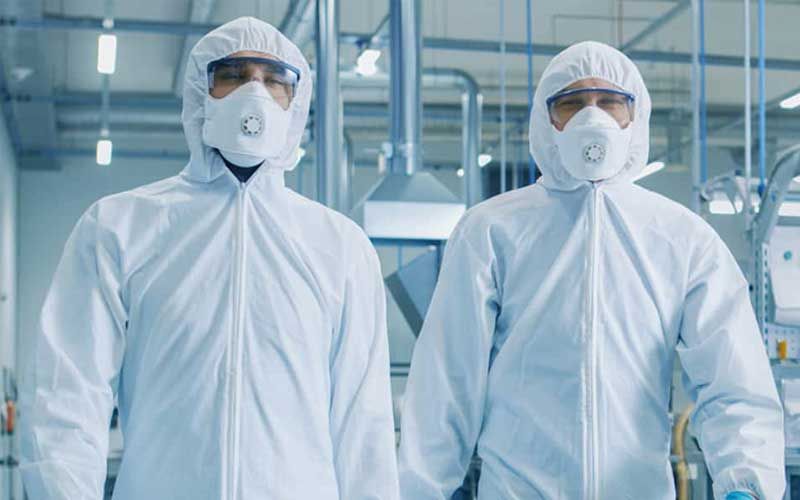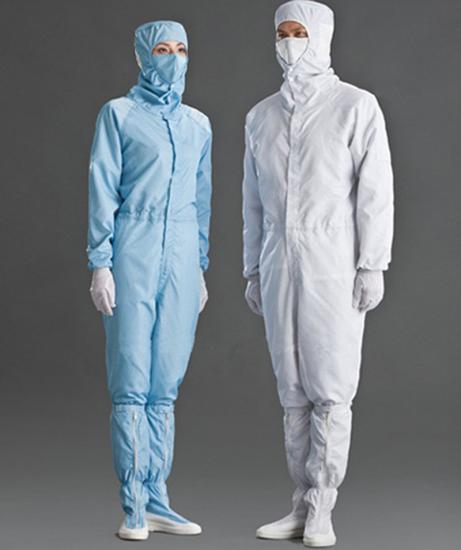ESG (environmental, social, governance) standards should always be at the forefront of production. In this day and age, we all need to be thinking about the effect of production on the world around us and consider more than just our environmental impact. Social factors should also be a priority including the wellbeing of workers and their communities. 76% of consumers say they will stop buying from companies that treat the environment, employees, or the community in which they operate poorly, suggesting that the overall success of a company can be determined by implementation of ESG.

Take for example AFC; a fabric production company which is working to meet these ESG standards everyday in a number of ways. One way workers’ safety can be improved is by producing more efficient workwear thus increasing safety and hygiene. Governance standards also need to be a key part of the decision-making process to ensure the production of quality products. Lastly, using environmentally friendly and durable material to reduce waste production is of paramount concern.

Social Impact
Especially for use in cleanrooms, garments which are functional and protective are essential. From cleanroom caps to shoe covers, attire is designed to protect products and strengthen the yield of manufacturing as well as protecting the users. In tough workplace environments, comfort becomes an essential part of health and safety. This is why it is important to consider the social impact of products in the decision making process before fabrics even begin manufacturing. Through developing attire that protects both the product and the users we can improve overall production.
Utilizing advanced technology, the social impact of production is augmented by making sure that workers are as comfortable as possible when using garments in cleanroom conditions. Not only do the fabrics need to be functional, but they also need to be designed for comfort. In fact, it was found that organizations with the highest employee satisfaction had ESG scores 14% higher than the global average. Consequently, the productivity of workers increases with increased comfort providing long term benefits for both workers and employers.
Environmental Impact
Aside from health and safety, another part of ESG is the effect of production on the environment. 80% of the world’s largest companies are reporting exposure to physical or market transition risks associated with climate change. Thus, reducing waste is essential. This can be achieved by producing reusable polyester which is durable and requires less energy for both production and maintenance. Waterless dyeing can also be used to reduce water waste right from the beginning of the production process. For example, AFC has implemented anhydrous dyeing as a way to reduce water usage.
With more than 200 companies having signed The Climate Pledge, a pact to reach the Paris Agreement goal of net zero carbon, the effect of production on the environment is becoming a real concern for businesses worldwide. Acting now will be beneficial for years to come.
Improving the Quality of Workplaces with Revolutionary Fabric Production
The value of ESG standards shows through efficient manufacturing and higher standards of wellbeing in the workplace. The American College of Occupational and Environmental Medicine (ACOEM) found that when leadership “engaged in measurable efforts to reduce health and safety risks among employees” companies achieved as much as triple the average return rate, between 204-333% returns, suggesting that prioritizing health and safety has a direct effect on profits.
For AFC, this means designing material to withstand tough standard sterilization protecting both the wearer and products. This material is also more durable and more environmentally friendly. Also, focusing on high quality workplace standards, fabric is more readily designed for maximum comfort using functional yarn to improve wellbeing. Similarly, the exceptional air permeability of these new fabrics makes them functional as well as comfortable for the wearer. Many garments utilize air permeability to let sweat dissipate more quickly ensuring optimum comfort. Especially in cleanroom environments, workers have to wear full body protective gear which can become uncomfortable. This is why it is important to focus on making protective garments as comfortable as possible, even when they need to be used in challenging conditions for long periods of time.
The social impact of changes made to garment manufacturing makes a substantial difference to workers by improving human rights, health and safety and community relations.
For example, CL01 fabric produced by AFC enhances the use of sweat dispersal technology to provide a cooling function for the wearer in a range of garments. As well as being functional in preventing electrostatic hazards, the yarn is designed to absorb sweat keeping skin dry. It is also durable enough to withstand multiple washes which in turn reduces waste. In this way, the fabric makes a difference both socially and environmentally to improve the wellbeing of workers, their communities and beyond.
Conclusion
As well as environmental issues, it is important to remember social and governance related factors in the production of materials across industries. AFC is working to make sure that they produce high quality fabrics at low cost to the environment by making garments that last. Yet, there is more to quality production than merely reducing waste.
With regards to social factors, the comfort, safety and human rights of the people using these fabrics is always at the forefront of the production process. AFC believes that fabric should be made for the wearer and always optimize working conditions. In these ways, implementing ESG standards improves overall work quality at every level.



Comments